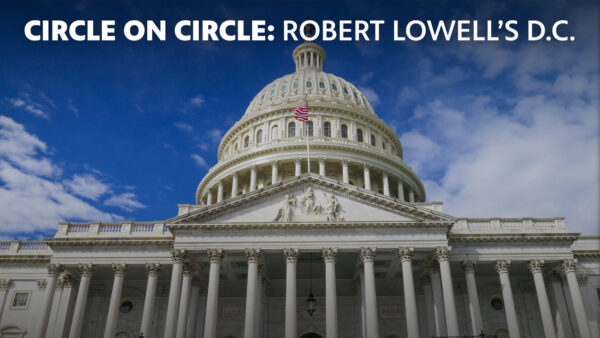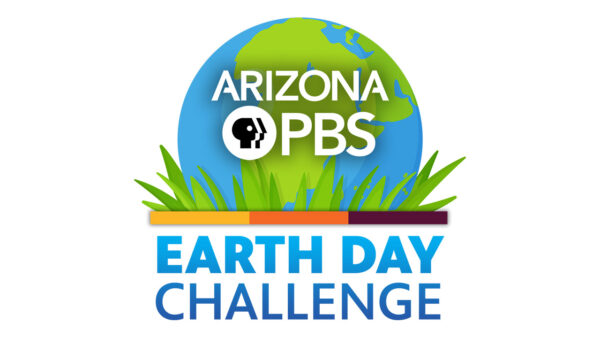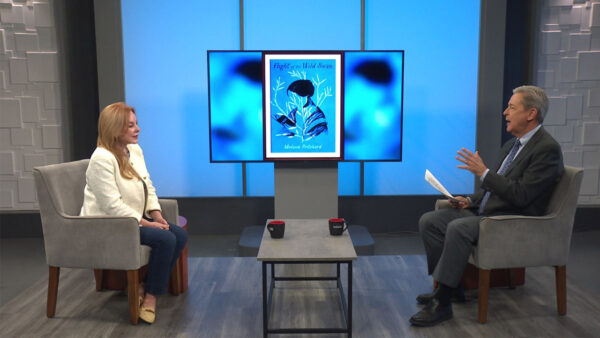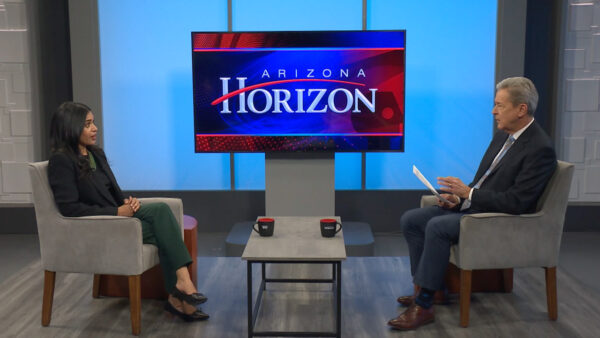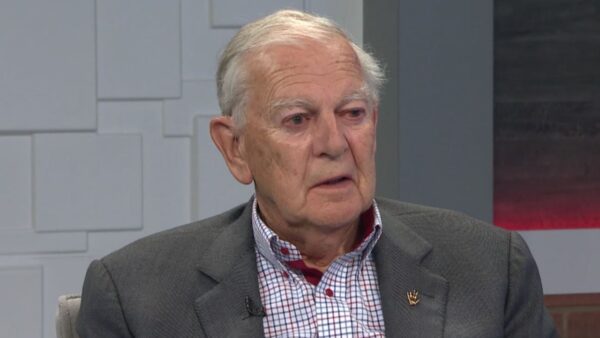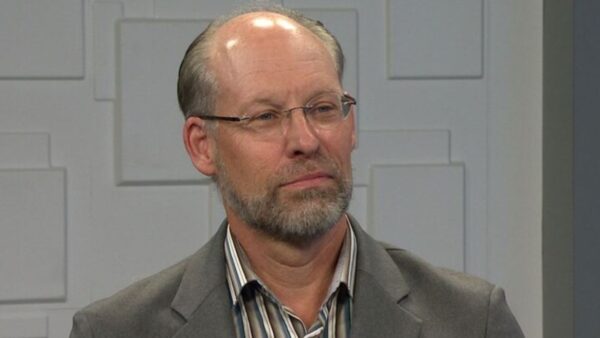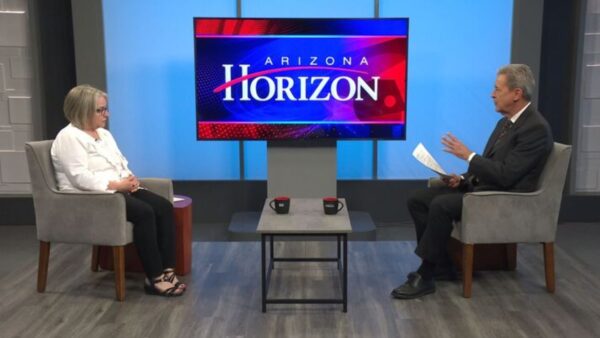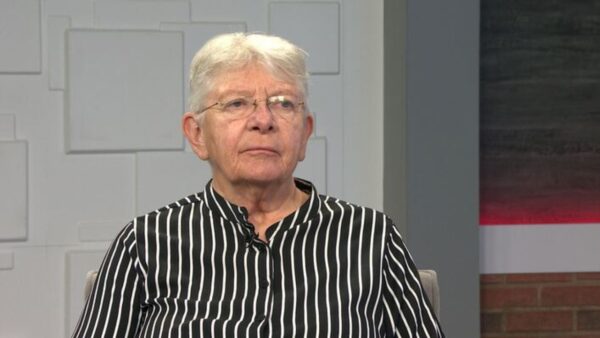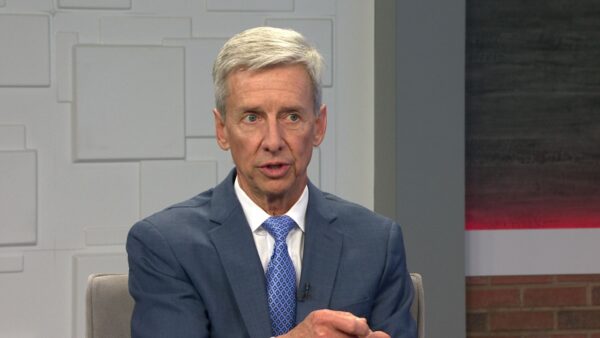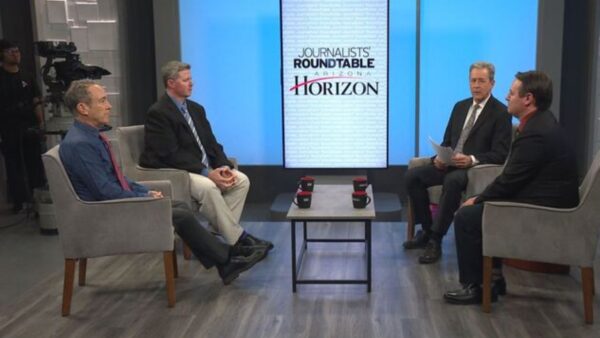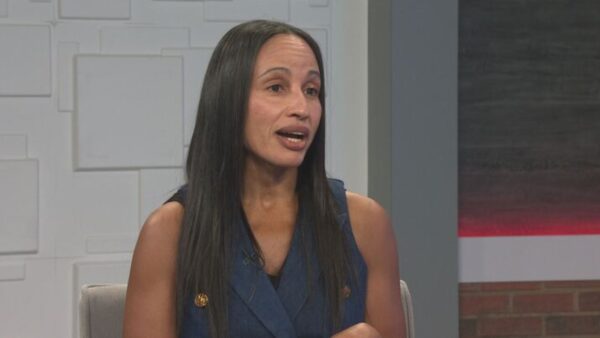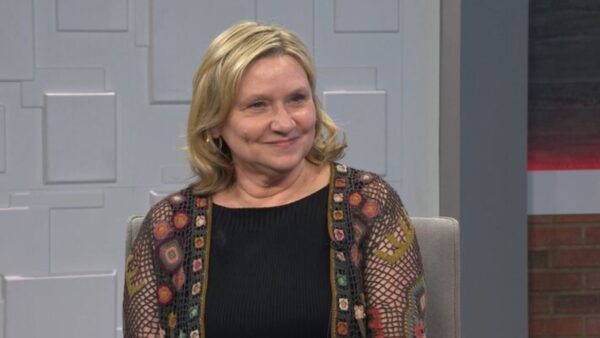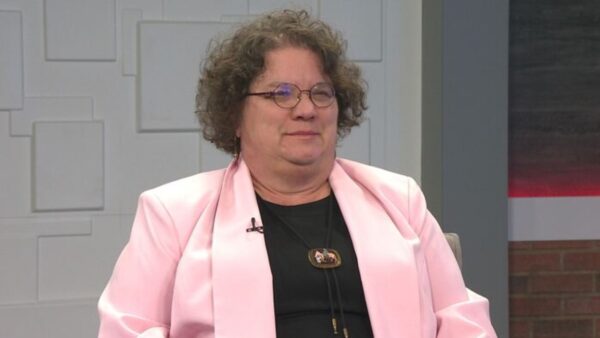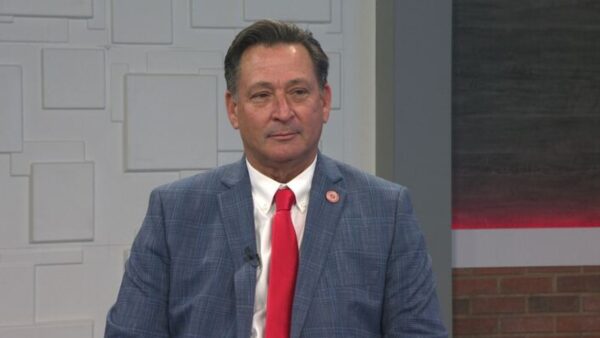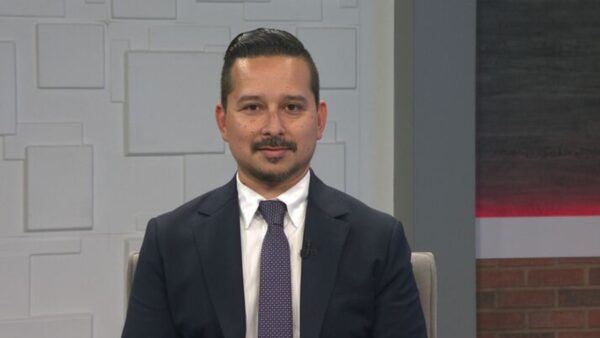“Shift Happens” is a seven-year Audubon study on birds and climate change. The study finds that climate change is becoming the number one threat to birds in North America. Tice Supplee, the Audubon Arizona director of bird conservation, will talk about the new study.
Ted Simons: Tonight's focus on sustainable, we hear about shift happens. A seven-year Audubon study on birds and climate change. The research finds that the climate change is becoming the number one threat to birds in North America. For more on the study, we welcome the Audubon director of bird conservation Tice Supplee, good to have you here and welcome. Seven-year study on climate change, what did you look at?
Tice Supplee: Well, Audubon is an organization composed of people who love to look at birds, and we have a long tradition of counting them during the Christmas season, and the Christmas bird counts, and also, breeding bird surveys where volunteers were collecting data for 40 years, so we thought let's look at that data, combine it with climate information, mostly looking at temperature and projected precipitation, and see what the future might hold for our birds. When we modeled this, out to 2080.
Ted Simons: So what did you find?
Tice Supplee: Well, we were startled. We looked at 588 species, and discovered 314 of them, may be very adversely affected by a changing climate.
Ted Simons: Adversely affected. We see the rising, you know, areas, as far as where habitats are. We have seen this with animals, mammals and with birds. Adversely affected, but still able to survive?
Tice Supplee: Well, this is where the shift piece comes in. So, our models are building scenarios where a bird might try to suffer in place, might adapt in place. Or might use the handy wings and find a new location. Further north, further inland to find the resources that they need.
Ted Simons: So what did you find? What were the results there?
Tice Supplee: The results are that about, I think, 314 species total, and of those, I think it was 147 that occur out of that 314. By 2080, the models would say that they will lose 50% of their current range, either for breeding or for wintering.
Ted Simons: Is that because there is only so far of the northern latitude that you can go to be a viable bird?
Tice Supplee: Well, that can happen to some of them, and a few species that we modeled our prediction is, they may be extinct. If they get pushed far enough north, and the big key is whether the habitat that they require, the grassland, the forest, is there, as well.
Ted Simons: I notice the report talked about the climate strongholds for birds, what are those?
Tice Supplee: Yes, this is the idea that there may be places in our continent that will harbor these birds, and help them adapt in place, or even find the resources that they need if they shift. I was very intrigued to find our state, Arizona, may end up being a very important stronghold for birds, both for wintering and breeding.
Ted Simons: How so?
Tice Supplee: Our grasslands, and we may find that we will have more grassland habitat. Our deserts, many of the desert birds that occur here, actually, have a positive future under our models, where they may very well expand their distribution.
Ted Simons: Yeah. Yeah. And as things dry out and get warmer, I guess that that would make sense, wouldn't it?
Tice Supplee: Yeah.
Ted Simons: The bald eagle, those birds, the birds that we all recognize and we all see out there. How are they impacted?
Tice Supplee: The bald eagle is one of the ones that we're concerned about, and we have just celebrated the great victory of restoring this bird from the brink of extinction once. With warming climate, we well know what the water issues are here, in our own state, and rivers and streams with the fish that these birds need to eat, may diminish. The places where they would nest may then occur further north, and there could be some uncertainty for this species.
Ted Simons: I know, seven-year scientific study here, and I know U.S. and Canada, a joint project in some respects, and you have all your folks out there watching and counting and these things. Is this a gradual change in shift, or are you seeing things moving quicker than you had expected?
Tice Supplee: Some birds things are happening already. The Hooded Oriole is already shifting northward in California. Robbins are shifting. We're seeing birds that used to fly further south that don't go that far anymore. The real key to all of this is whether the birds can find the food resources that they require, and what ties into it, is what we call phenology, the timing of when things bloom or breed, and many of our birds spend the winter in tropical climates in central and South America, and if they arrive, to feed on nectar or find the insects that are keyed to a flowering plant, and that plant flowered maybe two weeks earlier, they might be out of luck. They need enough fat reserves to get to where they are going to raise their family.
Ted Simons: Interesting.
Tice Supplee: So, that might be part of what could happen to some of these birds, as they hit a bottleneck. There is no fast food.
Ted Simons: Yeah. And obviously, we're talking about bald eagles and the mountain blue bury, and these gorgeous creatures, but for those of us who like looking at birds, or the red winged Blackbird or a Grackle here or the Hillah Woodpecker, all these birds that most of us see in the area, are they affected?
Tice Supplee: Some of them may do quite well, and this is where the Audubon feels that there is hope, and that we can do a lot to help these birds out. So, if you landscape your yards to be attractive for the birds, not only the ones that are here all year, but, perhaps, the ones that stop off on their way, north and south, we can do a lot. The Audubon Arizona is putting burrows on the Rio Salado.
Ted Simons: Interesting.
Tice Supplee: And so we're building them homes.
Ted Simons: Well, that's encouraging.
Tice Supplee: Come on out and help us build a home.
Ted Simons: I might take you up on that. It's disconcerting in some respects but nice to know there are people out there watching and monitoring, and looking out for these birds. Thank you very much for joining us. We appreciate it.
Tice Supplee: My pleasure.
Ted Simons: And Thursday on Arizona Horizon, a prosecutor and a defense attorney discuss a new report on the number of repeat offenders in the state's prison population, that's Thursday evening, 5:30 and 10:00 right here on Arizona Horizon. That is it for now. I'm Ted Simons. Thank you for joining us. You have a great evening.
Video: Arizona Horizon is made possible by the contributions from the friends of Eight, members of your Arizona PBS station. Thank you.
Tice Supplee:Director of Bird Conversation, Audubon Arizona;

